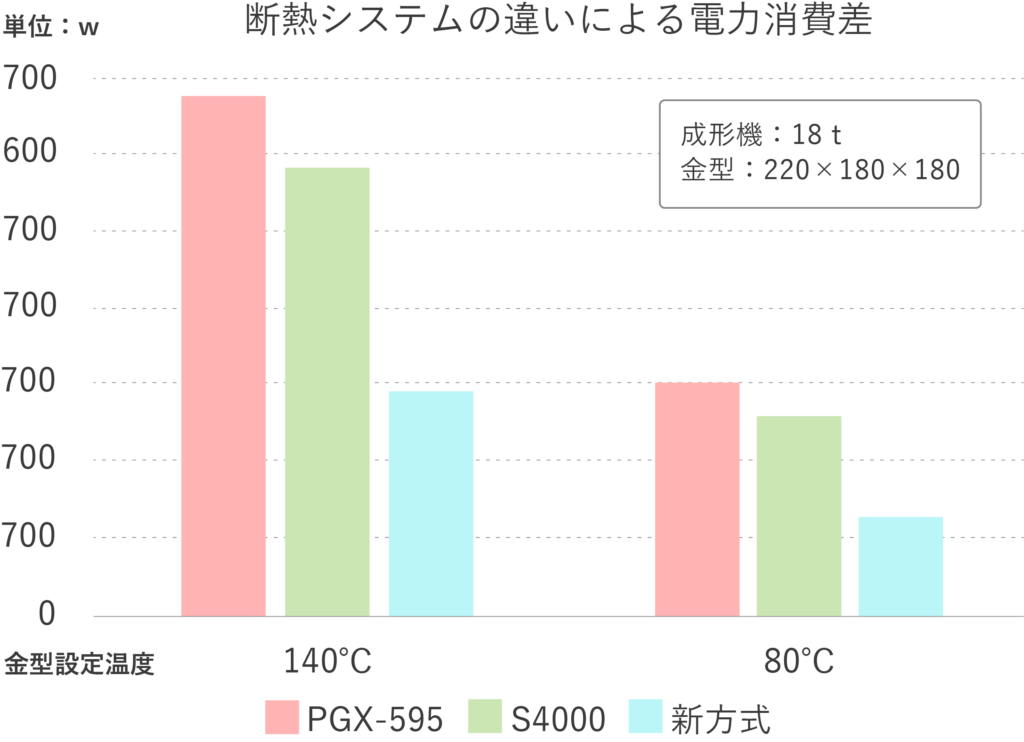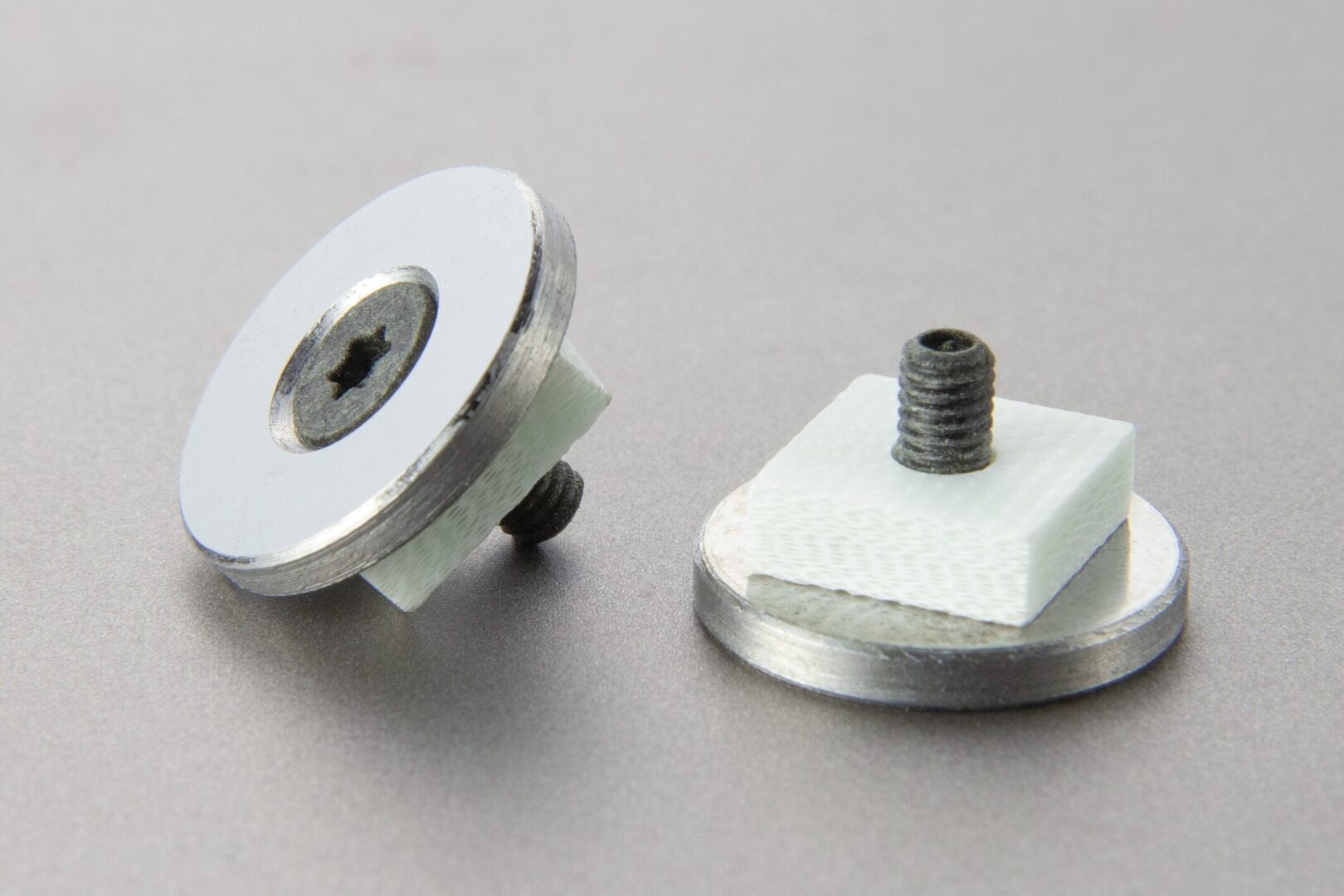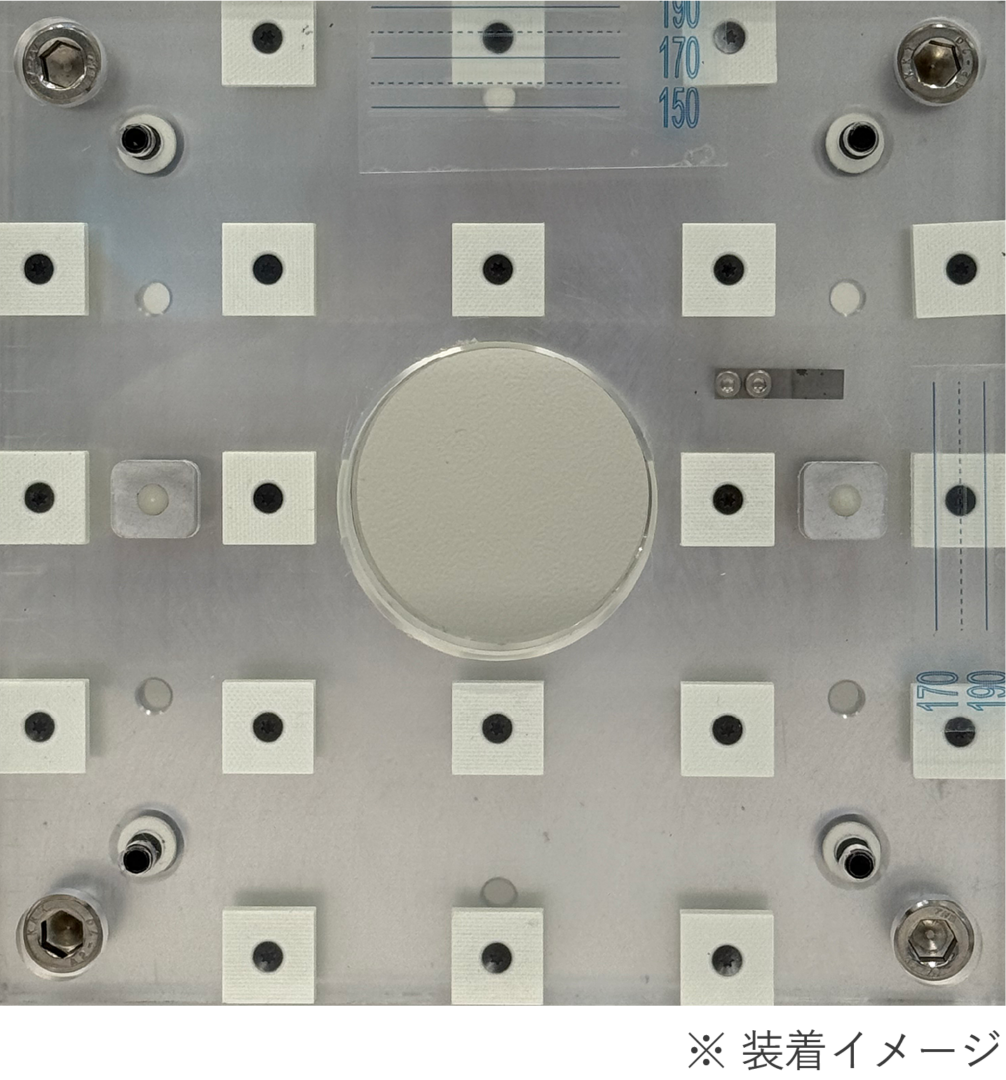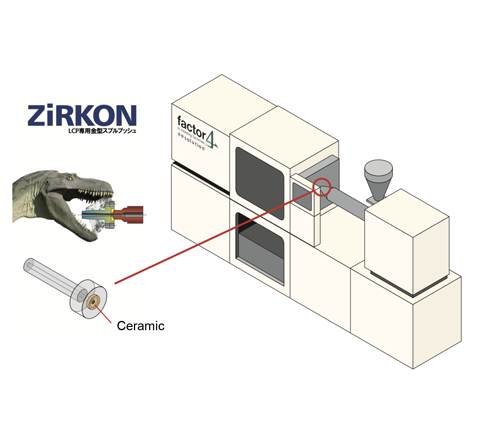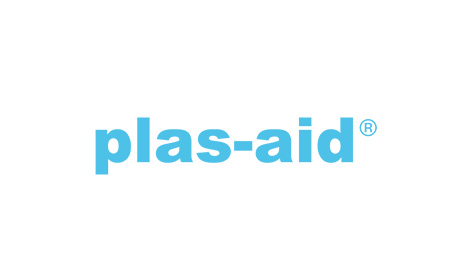Sustainable molding facilities: aligning environmental responsibility with business success
The era of environmental responsibility boosting corporate value
In recent years, efforts to achieve carbon neutrality have been accelerating across the entire manufacturing industry. Small and medium-sized enterprises account for 10-20% of Japan's greenhouse gas (GHG) emissions, making reduction of these emissions an essential task. In addition, many large globally operating companies have set reduction targets (SBT) that are in line with the international goal of the 1.5°C level, and there is a growing trend to require emissions reductions throughout the supply chain. As a result, there is strong demand for small and medium-sized enterprises, who are trading partners, to also take on greenhouse gas reduction initiatives and demonstrate their achievements.
Furthermore, financial institutions are increasingly supporting companies that are proactively taking environmental concerns into consideration, and reduction activities lead to increased fundraising and new business. In other words, decarbonization is not only a social responsibility, but also an initiative that brings significant business benefits.

Achieving carbon neutrality requires proactive efforts toward decarbonization. In recent years, awareness of its importance has grown, and the number of companies and organizations taking concrete action has steadily increased.


Ministry of Economy, Trade and Industry, Small and Medium Enterprise Agency: 2024 White Paper on Small and Medium Enterprises (Part 1, Chapter 4, Section 5)

The imperative of balance: environmental responsibility and cost reduction
Amid the recent global surge in energy prices, electricity costs have risen sharply in Japan as well.
This increase poses a serious challenge for plastic molding factories. Operating equipment, including molding machines, requires significant amounts of electricity, and this consumption directly affects running costs. In particular, heat generation systems, such as heater-based operations, consume large amounts of power, and rising electricity prices directly impact factory profitability. Since molding factories often operate 24/7 with multiple machines running simultaneously, higher electricity costs lead to tighter profit margins and reduced price competitiveness. For products manufactured in large volumes at low unit costs, electricity can represent a substantial portion of production costs, making proactive measures essential to mitigate business risks.
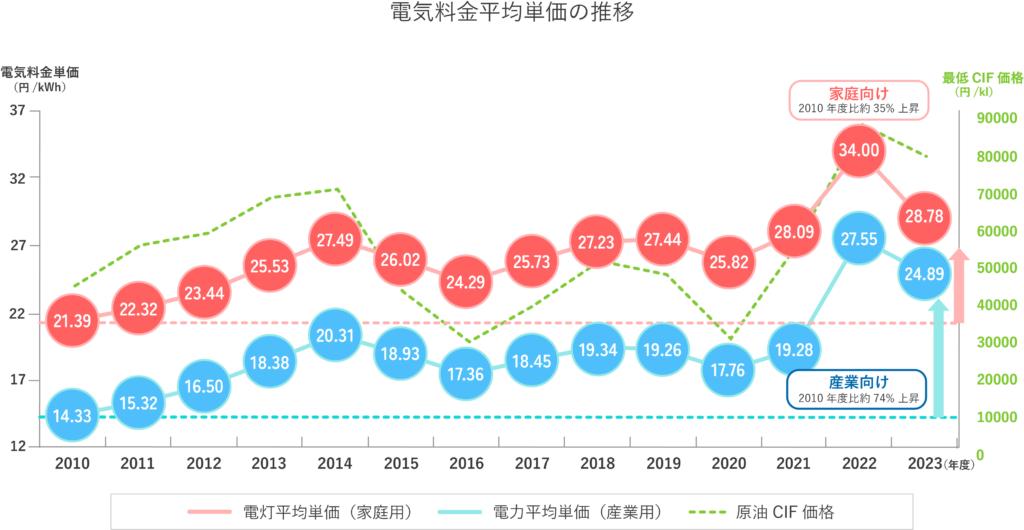
At the same time, there is a need to improve energy efficiency and reduce CO2 emissions in order to achieve carbon neutrality. In other words, molding factory are under double pressure to be environmentally conscious and reduce costs.
That is why it is now essential for factories to have a system that can both save energy and reduce costs. Turning rising electricity rates to our advantage and promoting efficiency and equipment improvements will not only strengthen cost competitiveness, but will also lead to a step towards sustainable factory operations.

Measures that are both environmentally friendly and energy-saving are being introduced at molding sites as well.
The effects of heat on molding sites
Insulation plates, a standard solution for heat management
Mold Temperature Controller are essential devices for maintaining molds at a specified temperature. However, did you know that the heat is transferred not only to the mold but also to the molding machine itself? Heat transferred from the mold causes the entire molding machine to "stretch," resulting in a decrease in mold clamping force and an impact on molding accuracy.
*The "automatic mold pressure adjustment" function installed in the molding machine is a mechanism to compensate for the decrease in mold clamping force caused by this stretching.
Therefore, many workplaces use "insulating boards" as a common countermeasure. By placing them between the platen and the mold, they are expected to suppress direct heat conduction. However, the insulating effect varies depending on the material, and the platen and molding machine come into contact widely through the bolt holes provided for attachment, which allows heat to be transferred from there. In other words, although insulating boards are an effective measure, they are by no means sufficient.
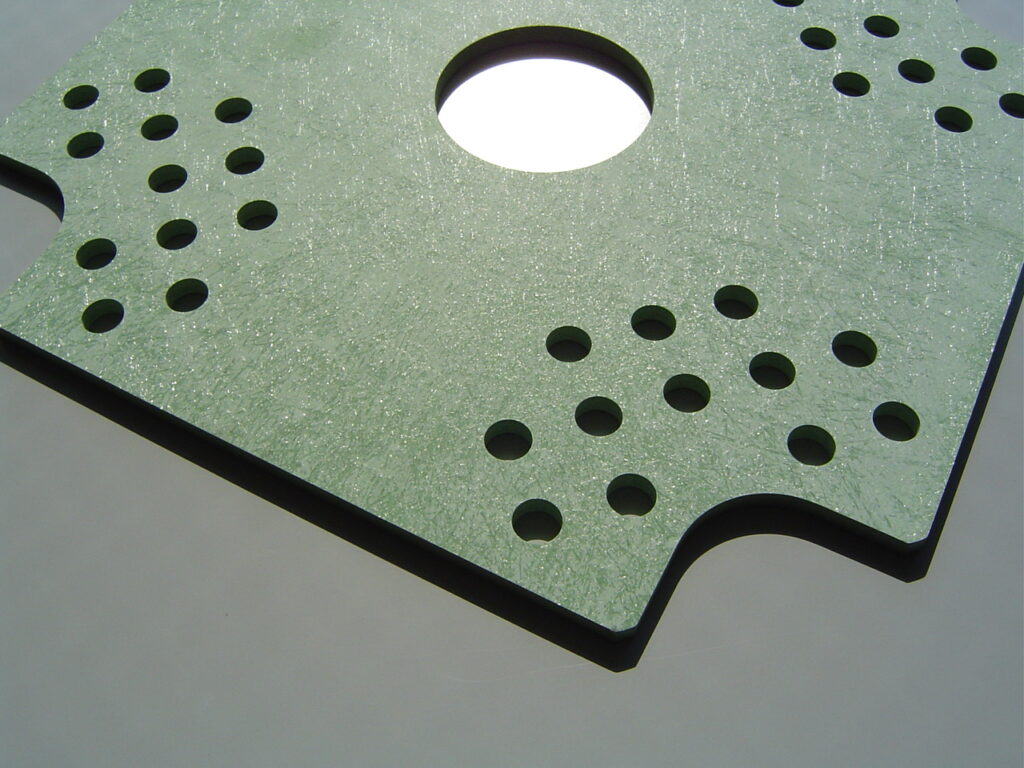
Heat transfer that cannot be fully prevented by insulation plates
The only thing that heat insulation plates can block is heat conduction at the contact surface between the mold and platen. However, heat is also transmitted through parts such as the Fitting bolts and locating ring, and from there spreads throughout the molding machine. Unless these multiple routes are blocked, it is impossible to prevent unnecessary heat dissipation.
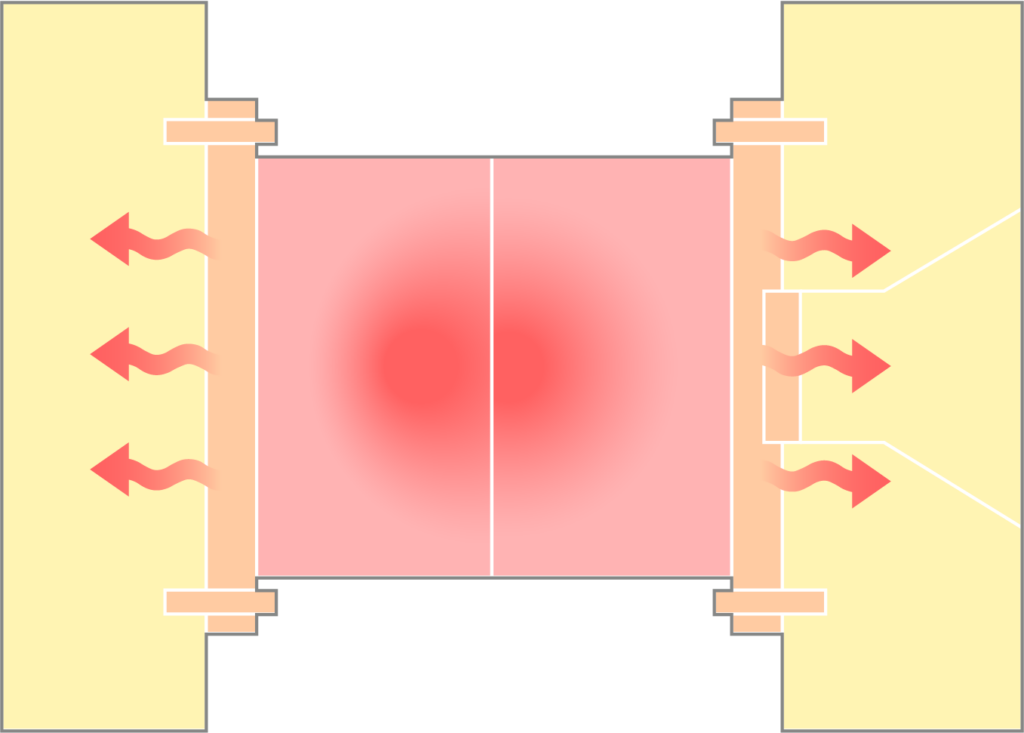
1. From the mold mounting plate
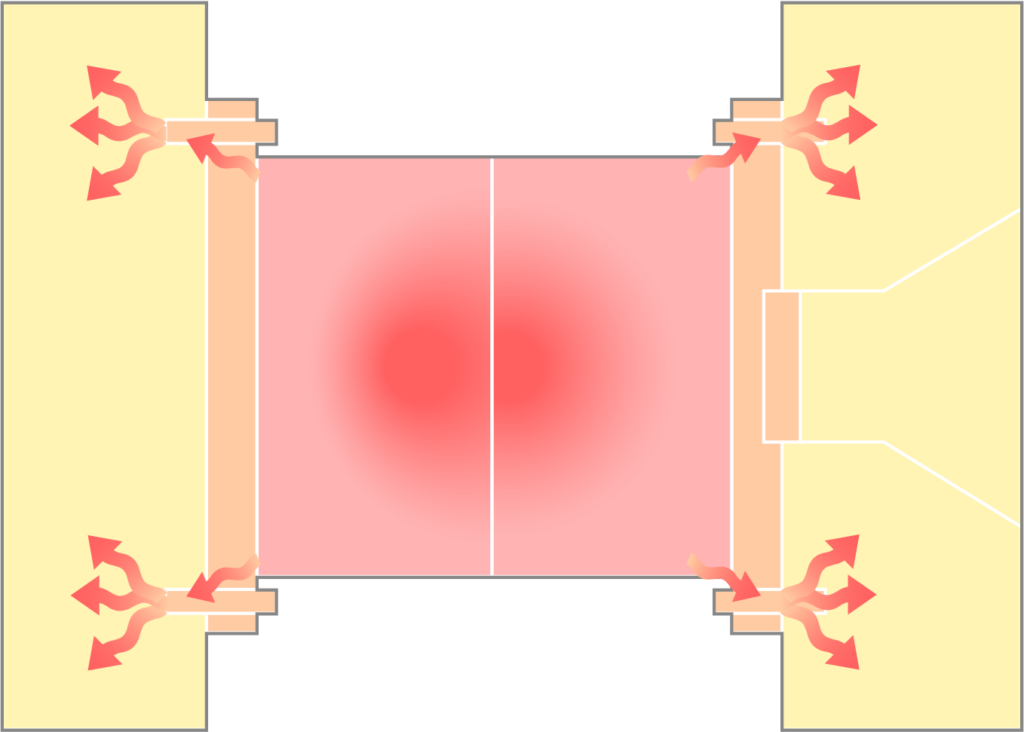
2. From the mounting bolts

3. From the locate ring

When heat is transmitted to the molding machine, the iron expands slightly, causing it to stretch on the order of microns. This results in an imbalance in the mold clamping, affecting the dimensions and quality of the product.
Blocking heat from three directions to protect the molding machine
TamaGON offers an effective solution for heat insulation.
TamaGON creates an "air insulating layer" between the platen and the mold, significantly reducing the heat transfer from the mold to the platen.
The ease of heat transfer is generally determined by the following calculation:

TamaGON reduces conductivity by reducing the contact area with the platen and forming an insulating layer of air.
1. Blocks heat from the mold mounting plate
When the mold is heated, the heat is transferred to the platen through the mold Fitting plate.
TamaGON creates an air gap between the platen and the mold, significantly reducing heat transfer from Fitting plate to the platen. This prevents unnecessary temperature increases in the platen, leading to dimensional stability of the entire molding machine and consistent quality of molded products.

1. From the mold mounting plate
2. Blocks heat from the mounting bolts
At molding sites, Fitting bolts are essential for firmly fastening the mold and platen. However, metal bolts are highly conductive and act as a heat path, transferring heat from the mold directly to the platen.
Therefore, TamaGON was installed in combination with an air clamp and insulating washer, which significantly reduced heat transfer via the bolts and prevented localized temperature increases on the platen.

2. From the mounting bolts
3. Blocking heat from the locating ring
The locating ring is an important part that determines the mold position, but its thick wall can also be a source of heat.Normal locating rings are in close contact with the platen, which efficiently transfers heat.
Therefore, a special design is used to remove the thick parts, blocking the heat conduction path and minimizing the heat transfer from the locating ring to the platen.

3. From the locate ring

Combining air clamps and insulation washers with TamaGON provides effective insulation against heat from the bottle, right?

Exactly. When used together with TamaGON, it helps prevent localized temperature rises and maintains a stable molding environment.


I see… How does the shape of the locate ring differ specifically?

Take a look here. Its design features cutouts in the thick sections, which minimize heat transfer to the platen compared to conventional models.

Performance Example
A comparison between standard insulation plates and the “TamaGON + α” system (air clamps, insulation washers, and specialized locate rings) addressing all three heat transfer paths showed up to a 60% reduction in power consumption. In addition to energy savings, this approach shortens mold heating time and reduces the required heater capacity, enabling benefits such as smaller temperature control units.
